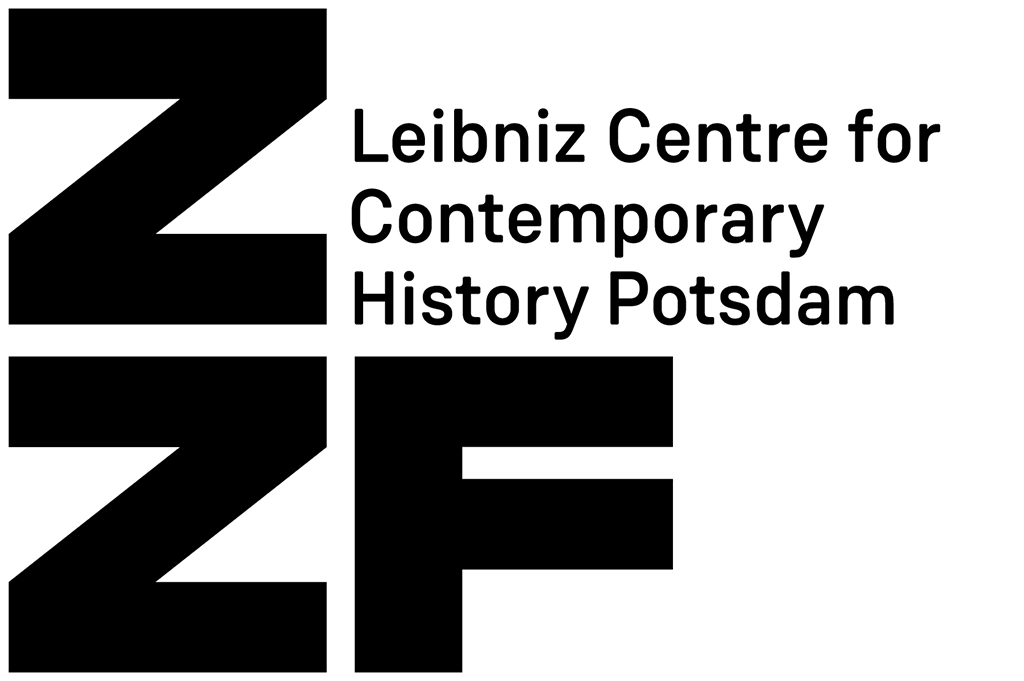Funded by the German Research Foundation (2018 - 2024)
The research project investigates the domestic security functions, methods and practices of the KGB in the last decades of its existence, relying mainly on two types of sources: the recently declassified state security archives in the former Soviet republics, and interviews with former employees of the Soviet institutions, who by virtue of their position were aware of the specifics of KGB activities within these bodies.
With a focus on the Soviet secret police in the period beginning with the end of the Brezhnev’s rule through Gorbachev’s perestroika until the collapse of the Soviet Union in 1991, the project will explore the routine of the KGB’s work, as well as the mechanisms and instruments of social control that directly or indirectly affected “average” Soviet citizens in the course of everyday life. These mechanisms set the frame of their behavior, created various types of fears, fostered loyalty and facilitated adaptation, factors that contributed to the formation of a peculiarly Soviet political culture in the long run. The project thus intends to examine the distribution of state security resources within particular institutional fields as well as universal and specific practices and methods, which the KGB resorted to in maintaining and developing control in these distinctive areas of operational activity.
In order to gain an insight into the state security structures of everyday surveillance in Soviet society, the project will explore the relations between the KGB, the Communist party and other state bodies when exercising controls over each other and over society as a whole. For the purposes of this project, an in-depth analysis of state security penetration of industrial enterprises, through the system of First Departments, as well as of the infiltration and control over educational institutions will be developed. The study will also investigate the penetration of and control over the Soviet armed forces and religious institutions by the secret police.
Additionally, the project will explore the transformation of the state security service, its image-making efforts and self-presentation under glasnost, as well as the public debate about the secret police during the period under analysis.
